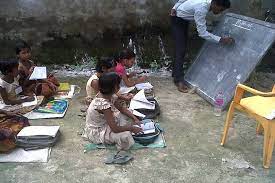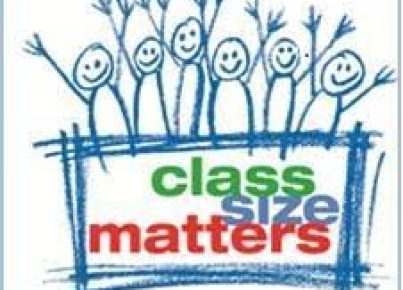Introduction:
Alternative education has been a long-standing option for those seeking diverse learning experiences and environments. Rather than sticking to standard educational structures, alternative education aims to cater to different learners’ unique needs and provide tailored, creative learning opportunities. However, there is an undeniable problem in our country with alternative education that we need to address.
Challenges in Alternative Education:
1. Lack of Regulation and Standardization:
One of the significant issues in alternative education is the lack of regulation and standardization across programs. Many alternative education institutions do not follow similar guidelines or curricula, making it challenging to ensure equal opportunities for students enrolled.
2. Limited Resources and Funding:
Many alternative schools struggle with inaccessible teaching resources and inadequate funding, leaving gaps in the quality of education provided. As public schools receive government funding, the level of resources available can be world’s apart from what alternative schools can access.
3. Teacher Credentials:
In many cases, teachers in alternative schools may lack adequate credentials or training required for teaching specific age groups or subjects. This could detrimentally affect students’ educational experience and future prospects.
4. Inconsistent Outcomes:
Given the diverse curricula and educational philosophies associated with alternative education, student outcomes can vary significantly from one school to another. Such inconsistency raises questions about effectiveness and may impact a student’s ability to integrate into mainstream higher education institutions or secure a rewarding career.
5. Public Perception:
Alternative education often faces negative perceptions, with many people considering it as less prestigious than traditional schooling options. This stigma can create problems for students when they seek higher education or career opportunities, as their accomplishments may be undervalued due to preconceived biases.
Addressing the Problems:
1. Developing Standards and Accountability Measures:
Establishing standardized guidelines for alternative education programs can help ensure quality across all institutions. Regular evaluations and assessments can help programs identify strengths and weaknesses, leading to ongoing improvements in education quality.
2. Securing Fair Funding and Access to Resources:
To minimize the resource gap between alternative and traditional schools, policymakers should recognize the need for equitable funding models that account for the diverse educational needs within alternative education contexts.
3. Mandatory Teacher Credentials:
Requiring all teachers in alternative schools to hold appropriate qualifications and training can help ensure that students receive a high standard of care and education. Providing teachers with opportunities for professional development can further enhance their ability to cater to varied learning styles.
4. Encouraging Collaboration between Alternative and Mainstream Institutions:
By fostering relationships between alternative and mainstream educational institutions, resources, expertise, and best practices can be shared. This collaboration can help improve overall education quality for all students by encouraging knowledge exchange.
5. Raising Public Awareness:
Efforts should be made to educate the public about alternative education’s benefits, successes, and opportunities. By showcasing the strengths of these programs, we can break down misconceptions and provide students with genuine choices about their own learning paths.
Conclusion:
The time has come for us to have an earnest discussion about the problems facing alternative education in our country. By identifying and addressing these challenges collectively, we can ensure that every student has access to engaging, high-quality learning experiences tailored to their unique needs regardless of their educational path.





